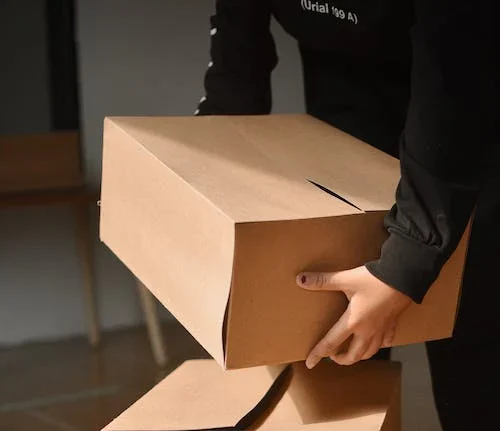On Wed, Aug 14, 2024 from 5:30pm - 6:30pm, we are hosting a FREE Hip Pain Workshop [ Online
] - Click here for more info
November 6, 2022

By Jordan Hove PT, DPT
Taking out boxes of holiday decorations, hauling packages to and from the car, reaching items on the higher shelves at the back of your closet … the holiday season certainly requires its fair share of bending, lifting and reaching. This, coupled with the cooler weather, makes now the ideal time for a refresher on sound lifting methods.
Back pain and injury can put a real damper on life during any season, it’s one of the most common conditions we treat as medical professionals. Fortunately, it’s also a condition that’s easy to reduce the risk of occurring, and one of the ways to keep the spine healthy is learning – and practicing – ways to lift with help from the hips and legs, not just the back.
Around 80 percent of all Americans will experience back pain at some point in their lives, making it one of the top causes of disability in the U.S. And while preventing back pain is of key concern when one does a lot of bending and lifting, it’s not the only concern.
When we talk about sound lifting techniques, we’re looking at ways to minimize strain on just one area of the body and be efficient in our movement using the body as a team. The goal is to put yourself in a position that allows the body’s musculoskeletal system to work as one cohesive unit, without putting too much strain on one area, such as the lower-back or shoulders.
So without further ado, I offer the following tips for proper lifting:
During the process of lifting, limit twisting or reaching while carrying a load. And when you do twist and reach, use the hips to help perform this as they are designed to twist better than the lower back. Don’t rush through the process of lifting, and if you’re tired, take a break and come back to it later. Finally, the best way to reduce risk of injuring the back, or any area of the body for that matter, is proper training and progressive loading to that area. Start with loads you can handle and slowly increase as you become stronger over time.
And if you do feel pain during or after lifting, or if you have an injury or condition you feel is holding you back from moving properly, visit a physical therapist for a full assessment prior to trying any sort of heavy or awkward lifting.